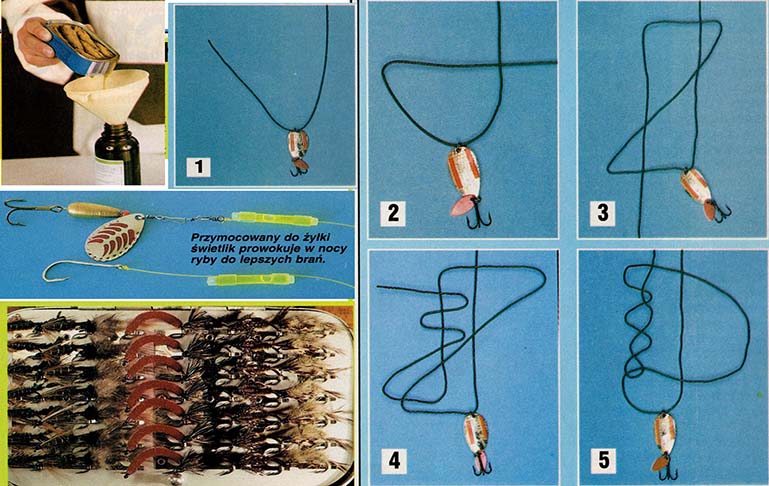
Podobne artykuły wędkarskie:
- Kalendarz wędkarski - Tydzień 3 i 4
- Kalendarz brań ryb - 2023 rok
- Kalendarz wędkarski – Tydzień 41.
- Kalendarz wędkarski – Tydzień 24.
- Kalendarz wędkarski – Tydzień 19.
- Kalendarz wędkarski – Tydzień 13 i 14
- Wędkarski kalendarz brań ryb - 2021 rok
- Kalendarz wędkarski – Tydzień 21 i 22
- Kalendarz wędkarski – Tydzień 20.